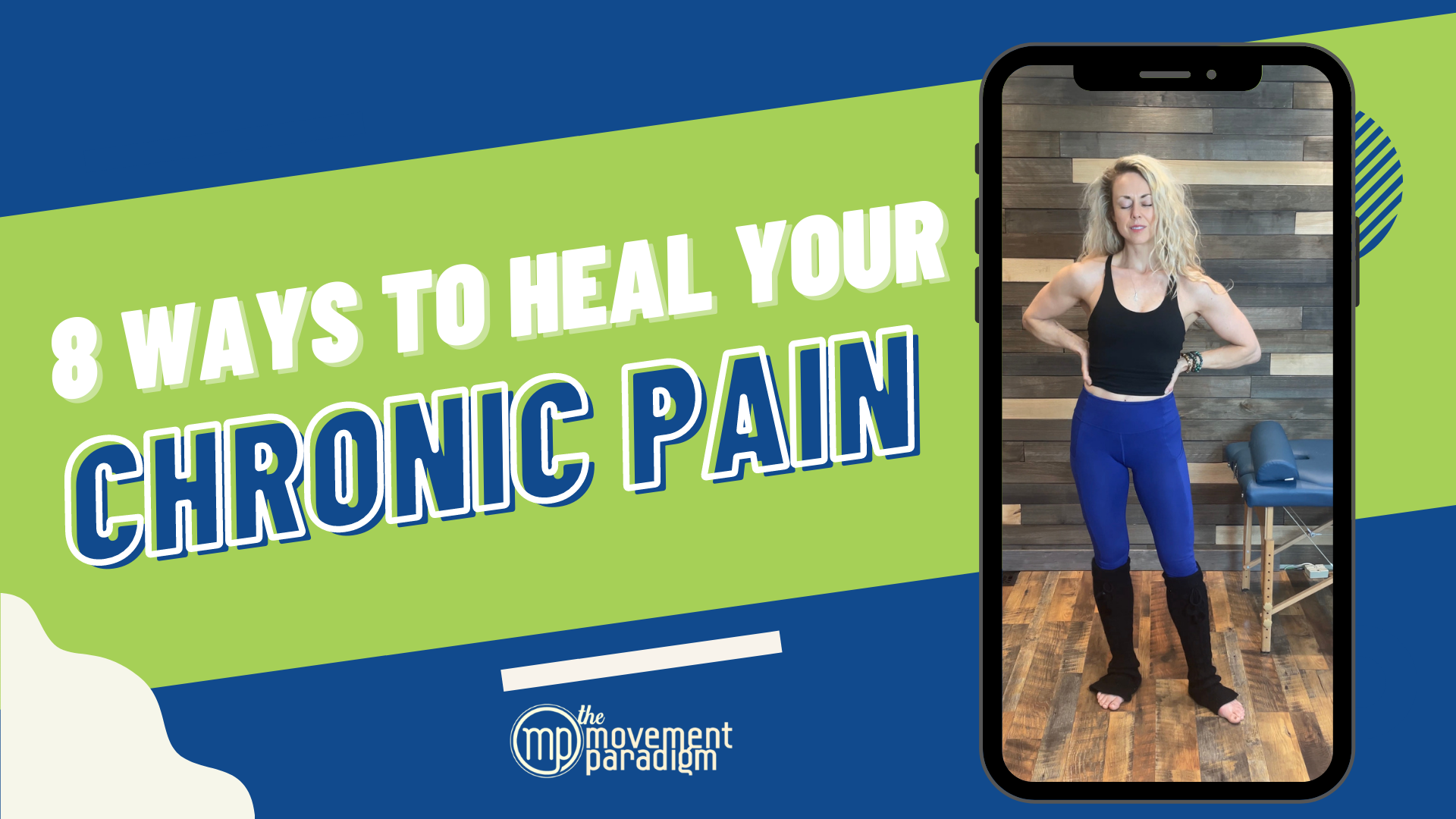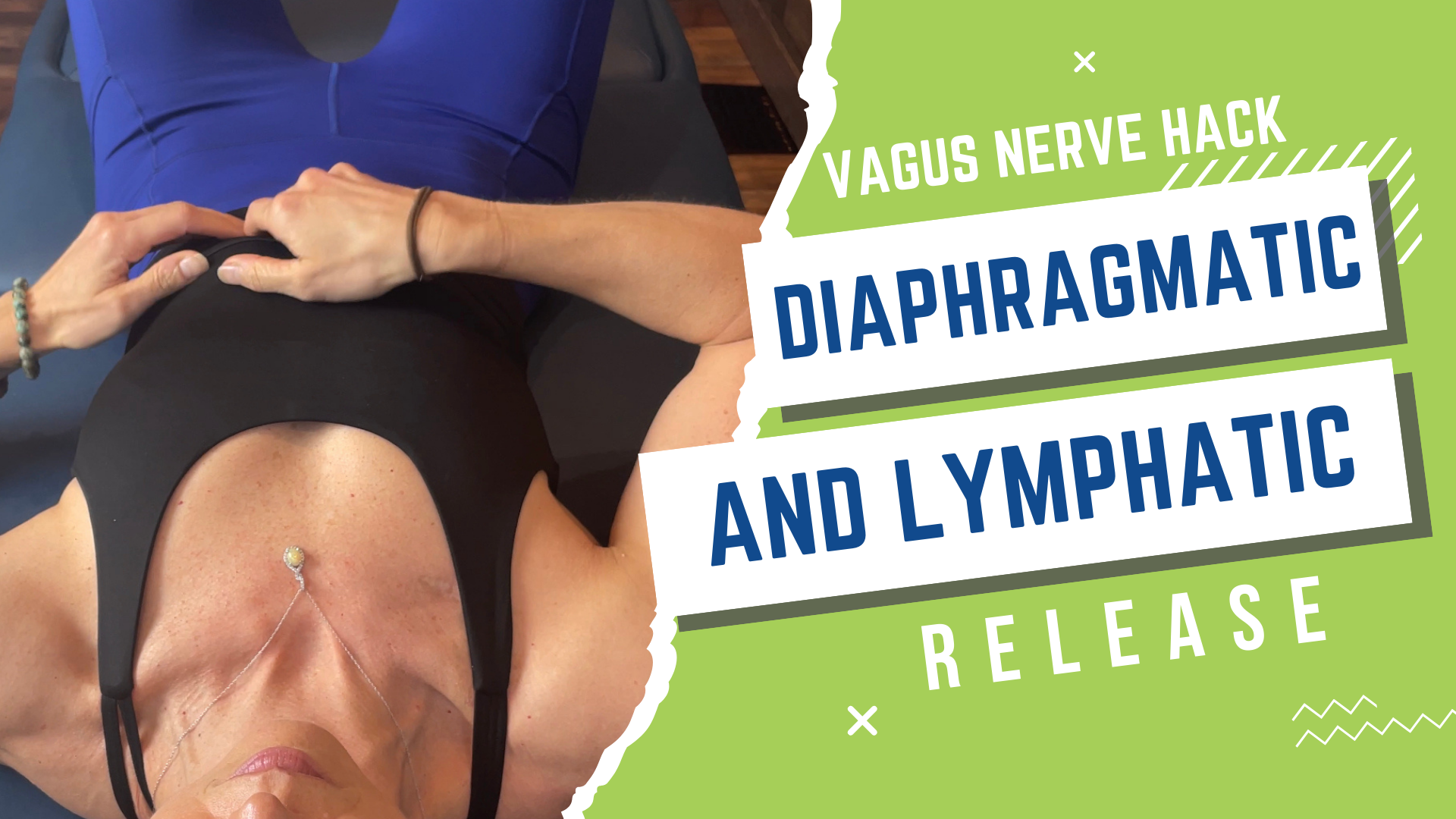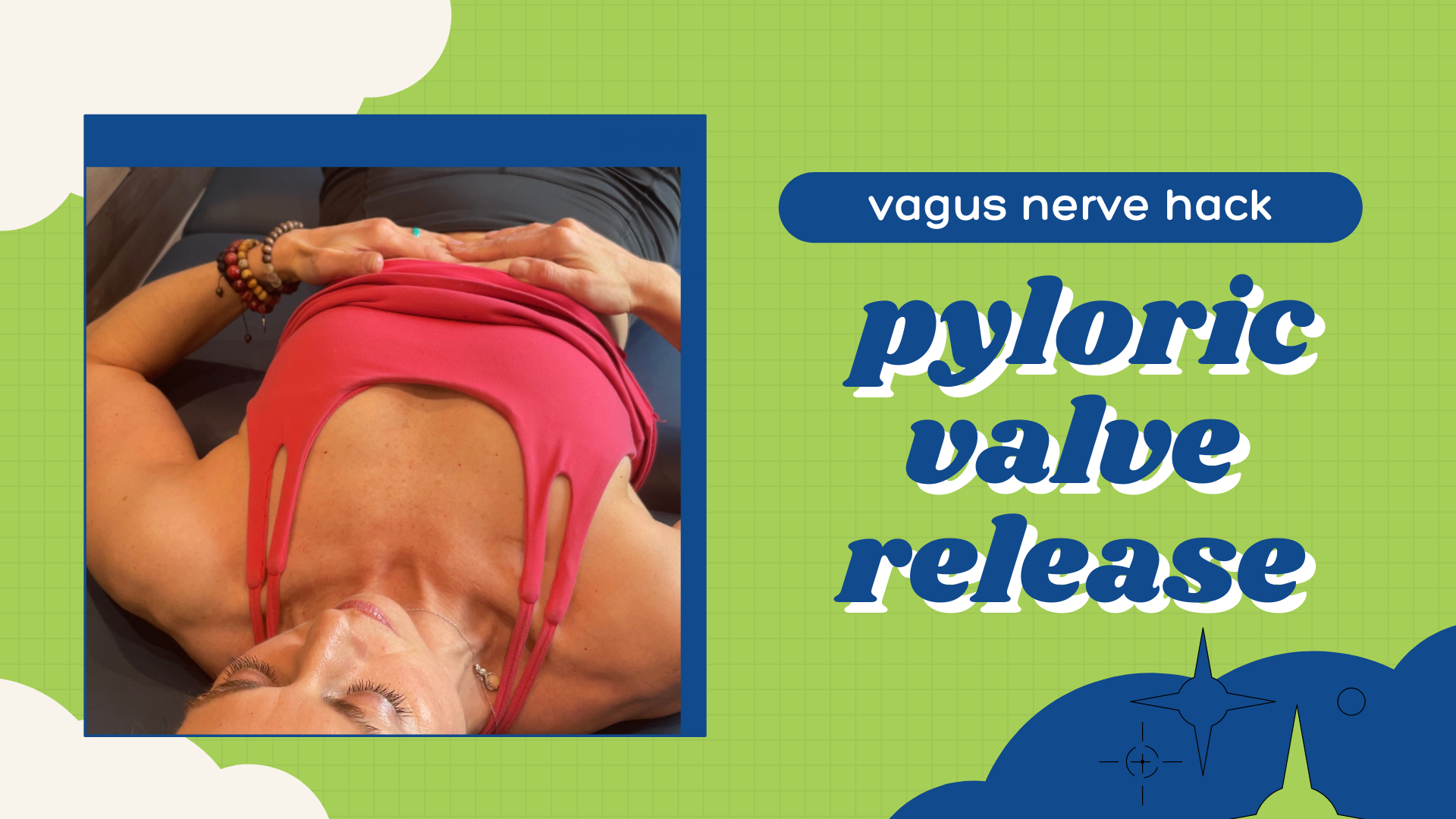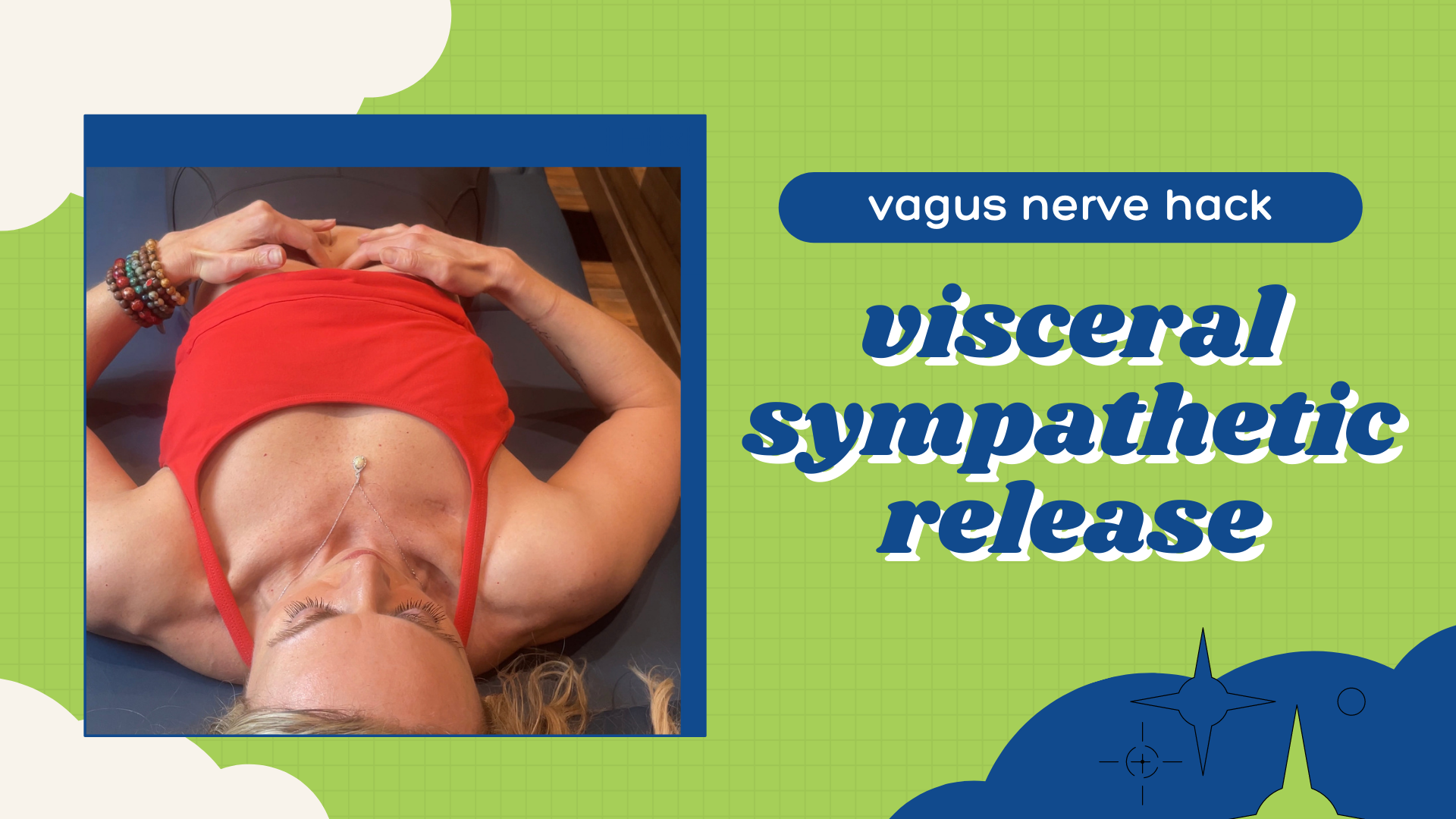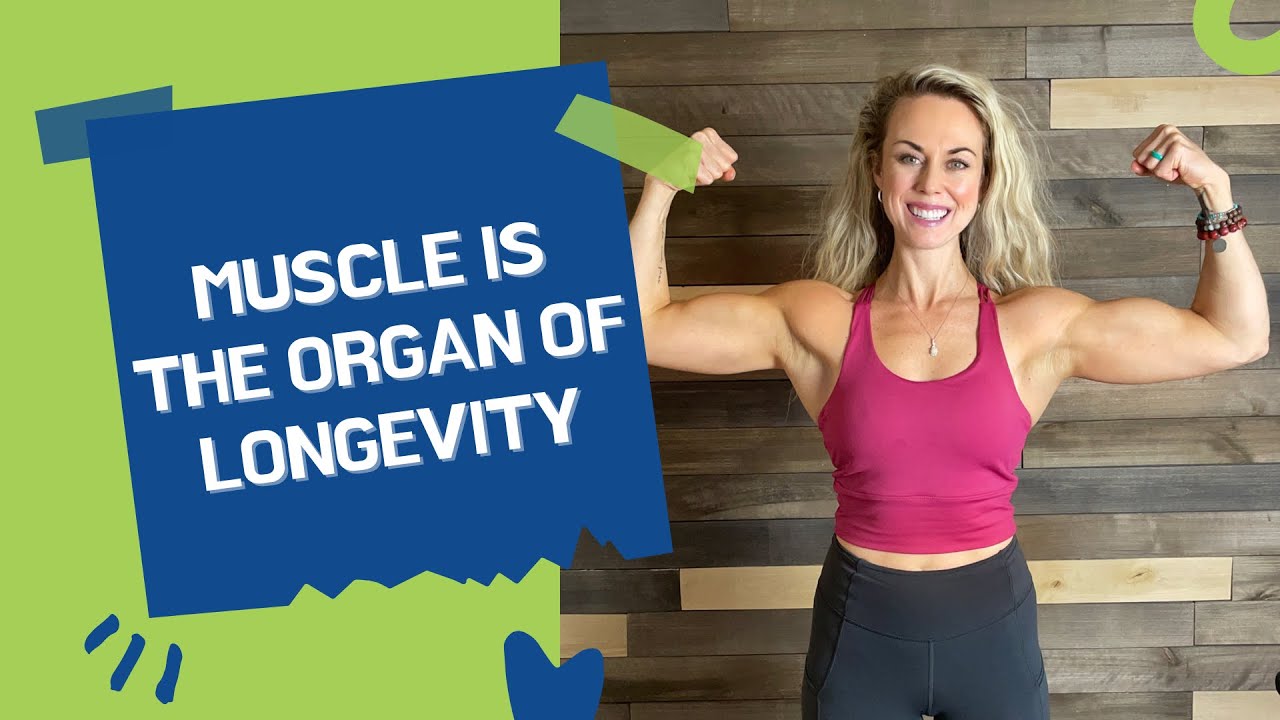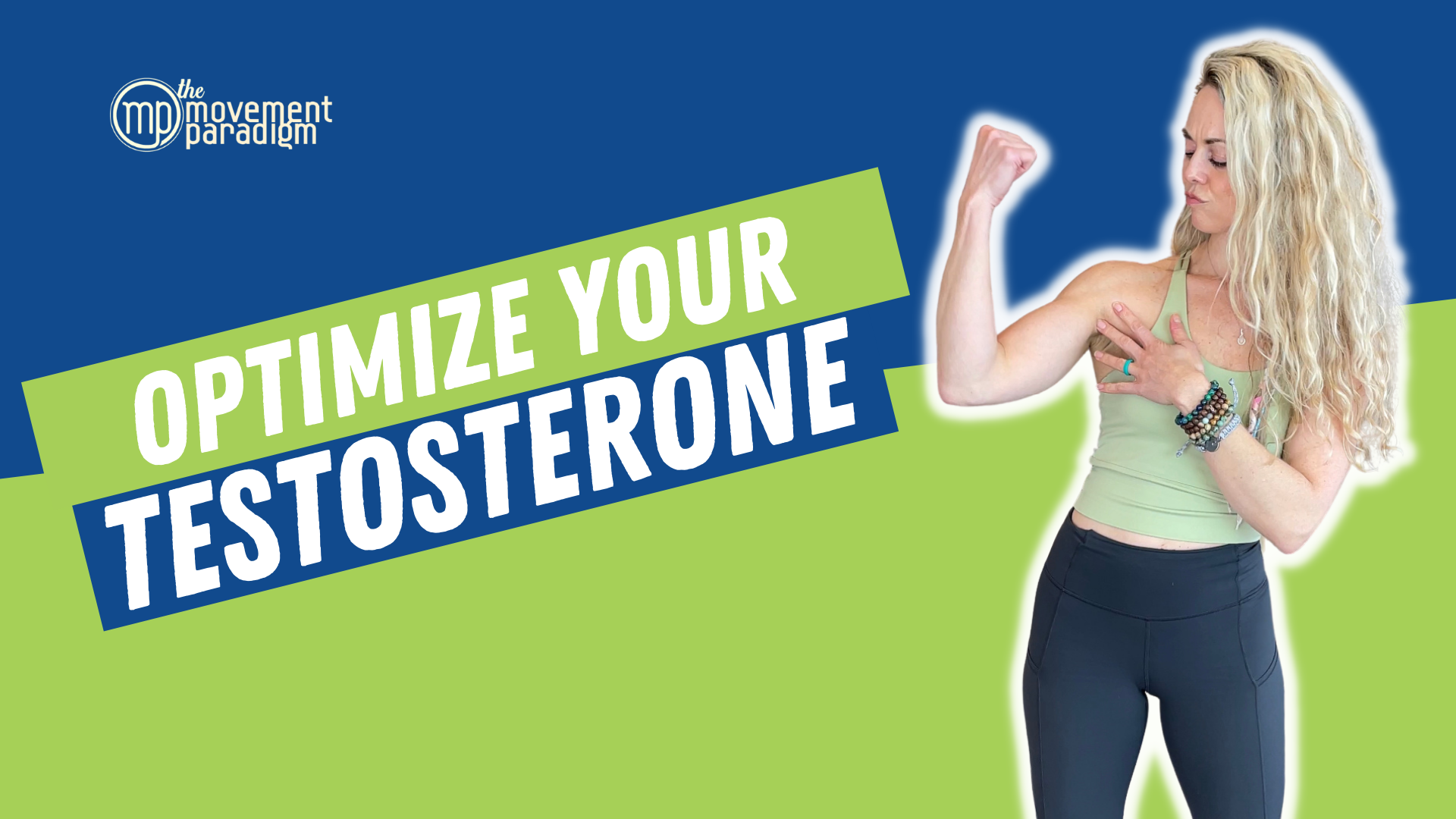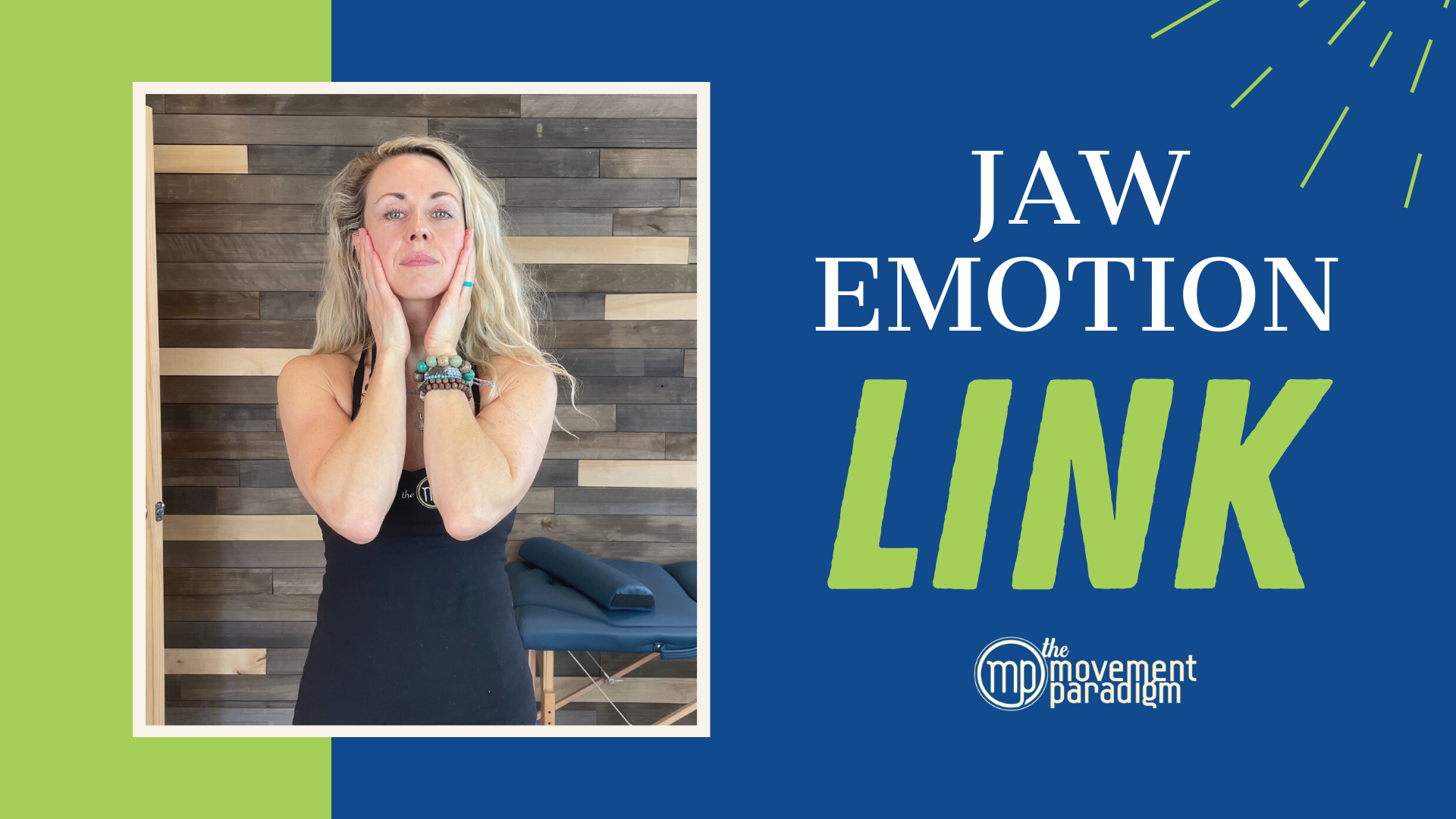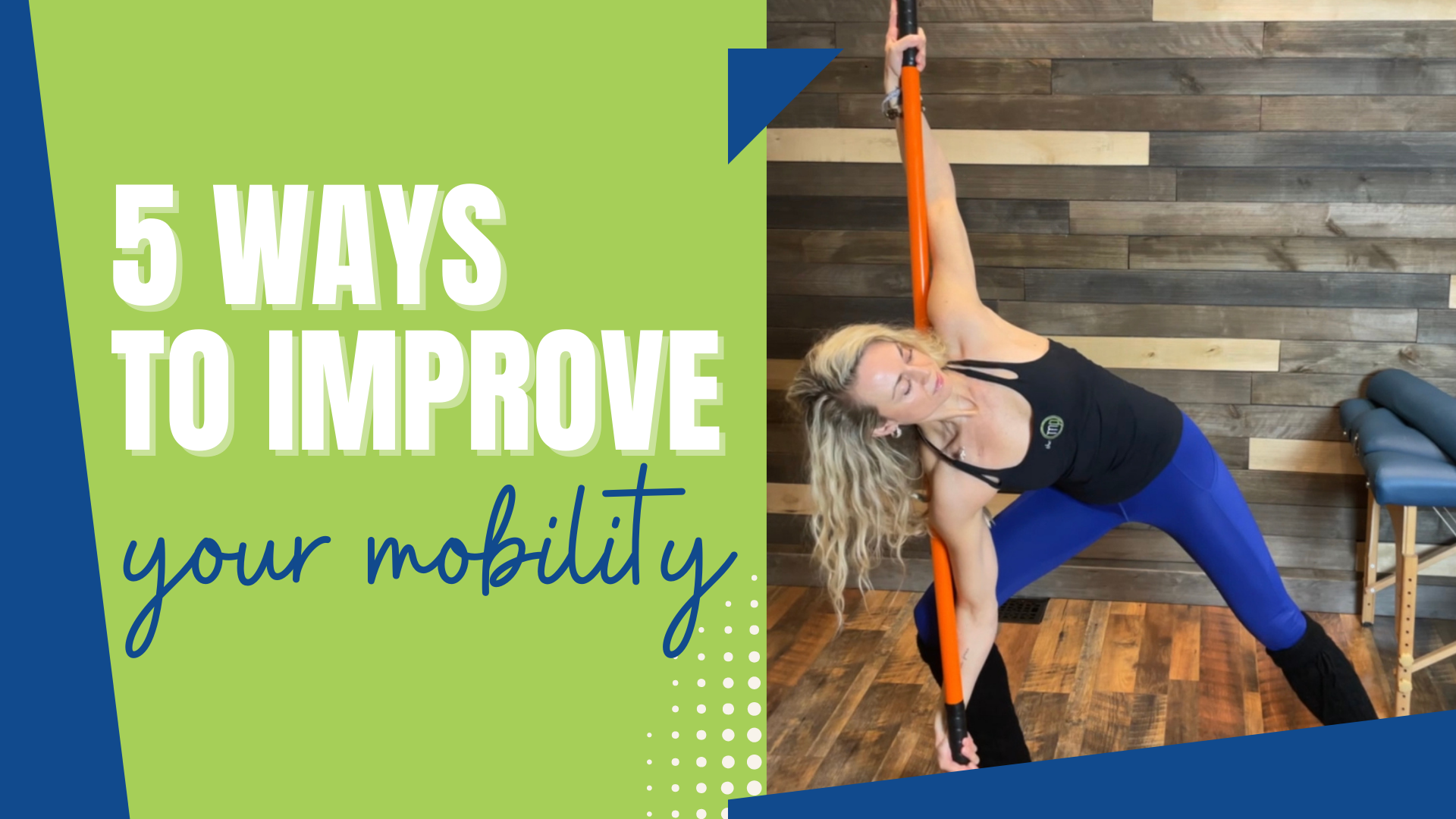Chronic pain is in part considered a neurodegenerative disease and is mismanaged in our country. We need to dig deeper into the biological and metabolic factors as well as the pathophysiology of chronic pain. This goes well beyond opioids and NSAIDs.
Rather watch or listen?
What you need to know about chronic pain
Essentially, chronic pain will distort the cognitive and emotional processing of day-to-day experiences. The volume in chronic pain is dialed up, and our ability to inhibit or turn that volume down is decreased. Therefore, we have what we call sensitization. That means that our nervous system is hypersensitive. Everything is amplified, and the ability to dampen it is decreased.
In addition to that, it can be associated with anxiety and depression. Oftentimes, these may go hand in hand. Of course, it’s necessary and important to look at any type of adaptive movements or compensations that may be contributing. Beyond that, it’s important to look at toxin exposure, intestinal permeability, otherwise known as leaky gut, inflammation, dysbiosis in the gut, and hormone imbalances. Increased cortisol from chronic stress or decreased sex hormones, like DHEA, progesterone, estrogen, and testosterone, can influence our ability to perceive pain.
Lastly, chronic pain does not equal tissue damage. With acute pain, there is often acute tissue damage which contributes to increased swelling, pain and increased white blood cells in the area. However, with chronic pain, there is no tissue damage. The tissues have healed, yet your brain is still perceiving that there is increased pain.
8 ways to heal your chronic pain
Let’s discuss eight things you can do to address your chronic pain.
1. Stop the Opioids and NSAIDs
Long-term use of opioids can actually increase pain and your perception of pain. NSAIDs drive leaky gut, so intestinal permeability. That contributes to a release of lipopolysaccharides (LPs), which is considered an endotoxin. The more LPs that you have in your body, the more inflammation and the more pain you can experience.
2. Support Key Nutrients
Chronic pain is considered a dysfunction of the mitochondria, the powerhouse of cells. You want to make sure that you’re supporting the nutrients for your mitochondria. Proteins, carbohydrates, and healthy fats, for example, are crucial for the membrane health in your cells.
3. Improve Glycemic Responses
Eat balanced meals with proteins, carbs, and fiber sources to prevent blood sugar dips throughout the day. If you’re eating a high glycemic food like candy, white bread, or enriched foods without any protein or fats, you can have poorly regulated blood sugar. You want to improve your membrane thresholds by stabilizing your glycemic response.
4. Modulate Stress
This can be done through mindfulness practices, meditation, psychotherapy, cognitive behavioral therapy, autogenic training, progressive relaxation, and much more. This is a crucial part of healing chronic pain and understanding your body’s signaling, which can be done through a variety of modalities.
5. Purposeful Graded Exercise
It is important to start low and go slow in a very systematic progression. For example, if you were going to start walking, you would start walking for five minutes every other day. Once you’re able to do that without any increase in pain, then you can proceed to eight minutes. This will allow you to progress safely without getting discouraged.
6. Heal the Gut
Your gut is 70% of your immune system. This is what drives inflammation, and typically, chronic pain is associated with chronic inflammation. You want to get to the root of your gut issues. Gastrointestinal issues might not be obvious and could present as systemic inflammation, joint pain, and so on.
7. Prioritize High-Quality Sleep
It is important to make sure that you are not only getting enough sleep, but you’re getting deep and REM sleep to fully restore and repair your body.
8. Assess and Decrease Toxins
You can start by going to the Environmental Working Group (EWG) website and begin to choose one product at a time to switch to a cleaner product. This could be something as simple as switching from plastic water bottles to stainless-steel water bottles. You could change the products you’re using on your skin or your hair. Toxins, including medications, are things that can continue to perpetuate the chronic pain cycle.
You can get better! You can heal your chronic pain. Look beyond just basic physical therapy, exercises, cortisone shots, and surgeries. You have to dig deeper into all of the things that play into chronic pain.
We are happy to help, so please reach out. We do virtual and in-person consultations, so we’d love the opportunity to help you on your journey. If this was helpful, give it a share and make sure to subscribe to our YouTube channel, The Movement Paradigm, for weekly tips on mindset, nutrition, and movement.
Need help? Reach out for a 15-minute FREE discovery session to see how we can help you on your journey.
What Should You Eat For Chronic Pain? | Nutrition for Chronic Pain

